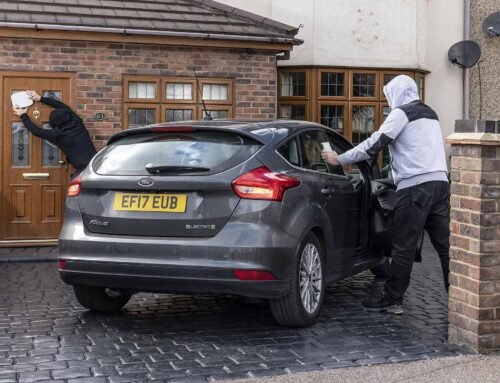We have received inquiries regarding the efficacy of the Faraday Bags we distribute in shielding devices from 5G signals. At Custodi, we value customer feedback and strive to provide accurate information. To address these concerns, we have conducted thorough local research to shed light on the current state of 5G technology in New Zealand and its implications for the effectiveness of our products.

Traditionally, 5G is divided into three frequency bands (low, mid, and high). Each band has different capabilities: the low band (less than 1GHz) has greater coverage but lower speeds, the mid band (1GHz-6GHz) offers a balance of both, and the high band (24GHz-40GHz) offers higher speeds but a smaller coverage radius.
New Zealand’s 5G networks currently operate in mid-band, between 3.50GHz to 3.75GHz (within C-Band and called N78) and have been allocated to Spark (who are also using 2.6GHz 5G in some South Island locations), 2Degrees, and Dense Air. Vodafone (now One) operates at 3.50GHz, having launched at this frequency on December 10th 2019.
Future 5G spectrum releases for New Zealand may be in the 24.25–28.35 GHz (n258 and n261) frequency range. These high-band frequencies have not been adopted on the live network, as NZ’s RSM (Radio Spectrum Management) has not auctioned these frequencies as of yet. Submissions only closed in October of 2022.
These frequencies are all within the range tested by Mission Darkness (see links below) and show attenuation (reduction) of signal in the 80dB+ range. Distance from a tower will have a measured effect on attenuation (the closer you are to a tower, the louder in dB the signal), as well as atmospheric conditions and signal barriers like trees and buildings.
mission darkness testing Regimen
1.5GHz to 17GHz
Receive
1.5GHz to 17GHz
Transmit
18GHz to 40GHz
Receive
18GHz to 40GHz
Receive
18GHz to 40GHz
Transmit




All products were tested at the frequency range of 1.5GHz to 40GHz, like pictured above. Testing materials for shielding effectiveness involves two connected EMC test chambers with a shared wall.
The shared wall has a window in which the sample is securely placed. The shielding effectiveness test lab places a transmitting antenna in one chamber and a receiving antenna in the other chamber.
The transmitting antenna transmits a predetermined set of signals. The receiving antenna will record all of the signals received. Essentially, all signals that are transmitted but not received are considered shielded by the material.
Below are links to the results for two of the four testing results, the first is the fabric used in all bags and blankets and the second the fabric used in the hats and beanies:



